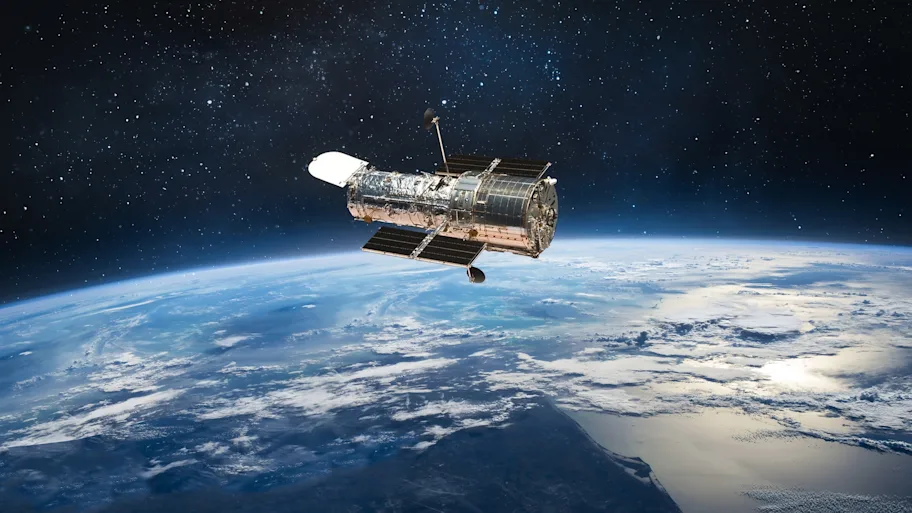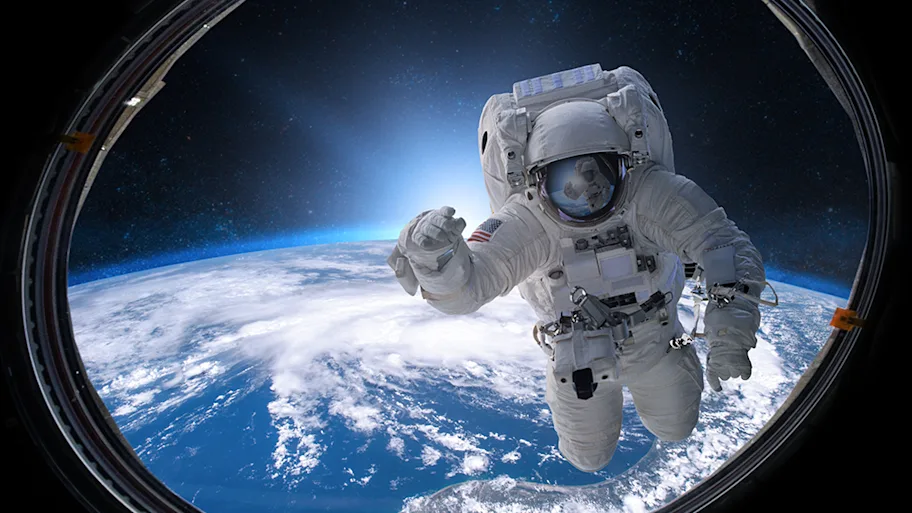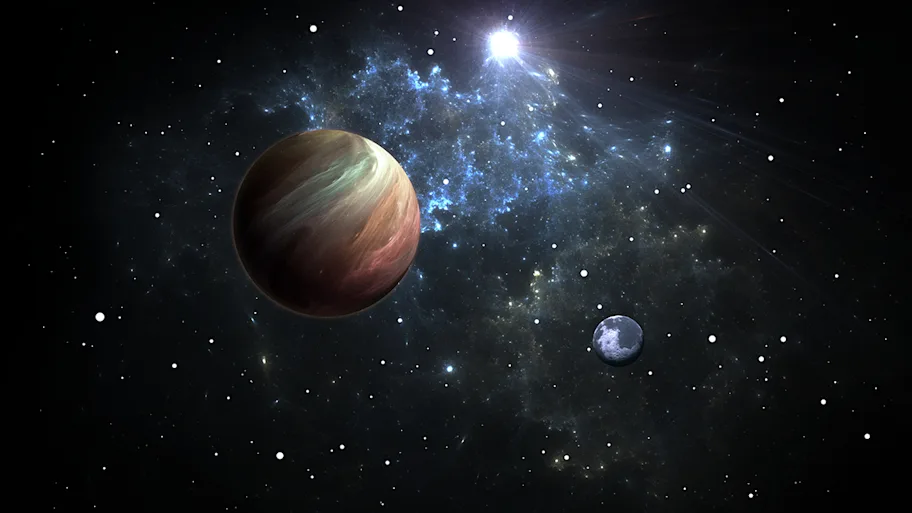
- Science news
- Frontiers news
- Space Robotics open for submissions
Space Robotics open for submissions
Space Robotics is a new specialty section available through the community-run open-access journals Frontiers in Robotics and AI and Frontiers in Astronomy and Space Sciences.
The new section Space Robotics is led by Specialty Chief Editor Prof Panagiotis Tsiotras from the Georgia Institute of Technology.
Space robotics is broadly defined as the intersection of control, articulated mechanisms, artificial intelligence, path-planning, computer vision, astrodynamics and orbital and space sciences. In the foreseeable future, most space missions beyond Low Earth Orbit (LEO) will depend heavily on robotic systems. Even for manned space missions, robotic systems are envisioned to play a major role and act as “co-workers” helping astronauts perform complex tasks.
Due to the increased interest in robotic and autonomous systems for operations in a space environment ‒ either in the vicinity of Earth or on other planets and asteroids ‒ we encourage submissions covering these topics, including – but not limited to – in-orbit satellite servicing and inspection, assembly, refueling, rendezvous and docking. Robotic monitoring and exploration of planets and asteroids are also of great interest to this journal.
As part of the Space Robotics section we welcome submissions that investigate new algorithms for robotic mechanisms, autonomous satellites and spacecraft that deal with the peculiarities and challenges of the space environment: zero-g environment, high contrast and rapidly changing illumination conditions, limited on-board energy, power and computational resources, radiation, paucity of reference/feature points for relative navigation, long communication delays, as well as limited experimental opportunities to test new ideas, just to name a few. Furthermore, we welcome submissions that address shared autonomy (human-robot interaction) in space.
While the emphasis is mainly on algorithms for supporting robotic autonomous and semi-autonomous operations in space, we would welcome experimental demonstrations of prior developed algorithms. Articles dealing with more general topics such as necessary infrastructure architectures and sensor and actuator development to support future robotic missions are also within the scope of this section.
Part of the “Frontiers in” journal series, Frontiers in Robotics and AI and Frontiers in Astronomy and Space Sciences offer:
– Interactive and collaborative review to ensure quality, rigor, and fairness
– World-class editorial boards for all specialty sections
– Open Access for maximum visibility and discoverability
– Advanced article-level analytics and demographics to track reach and impact, including social media buzz
– Fast publication, with an average of 84 days from submission to publication
– Editors and reviewers disclosed on all published articles for maximum transparency
– Commenting systems enabled on all articles to boost post-publication feedback
The editorial board of the Space Robotics specialty is currently composed of the following Associate Editors:
Behcet Acikmese, University of Texas
Riccardo Bevilacqua, University of Florida
Soon-Jo Chung, Univerrsity of Illinois at Urbana-Champaign
Yang Gao, University of Surrey
Marcello Romano, Naval Postgraduate School
Jurek Z Sasiadek, Carleton University
The “Frontiers in” journal series, supported by over 170,000 leading researchers worldwide, has already published 43,000 peer-reviewed articles across 55 journals, which receive 6 million views per month.
If you are interested in joining the board or submitting a paper to Space Robotics, please contact: roboticsandai.editorial.office@frontiersin.org.
We look forward to hearing from you.
Anna Lukacs, PhD
Journal Manager, Frontiers in Robotics and AI






